Most recently updated January 20th, 2022
Estimated Reading Time: 16 minutes
The idea that sunshine has health benefits isn’t anything new.
The Earth has been basking in the sun for more than 3 billion years.
And as our planet’s early life forms evolved in the ocean, they were exposed to – and adapted to – sunlight.
It makes sense that all lifeforms on our planet, including humans, have evolved to use the power of the sun to their advantage.

The sun is vitally important to all life forms on Earth.
But sun exposure has a particularly wide array of health benefits for humans.
We have a long history of using sunlight therapy – called “heliotherapy” today – that dates back to the ancient Greeks.
Here are some ways you can harness the power of the sun to maintain and even improve your own health – even if you can’t go outdoors!
Some of my posts contain affiliate links. If you make a purchase through an affiliate link, I will receive a small payment at no additional cost to you. As an Amazon Associate, and other marketing affiliations, I earn from qualifying purchases. See full Disclosure page here.
The Health Benefits of Sunshine
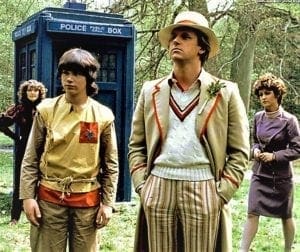
A word of warning – this post is long and full of sciencey things.
I’ve included plenty of citations if you wish to read even more extensively.
I’ve also included photos of sunny places I’ve visited, as inspiration 🙂
Also, I’m not a doctor (nor do I play one on TV ), so if you have any concerns about your own health, please consult your health care provider.

So… what exactly happens when you go outdoors in the sunshine?
Some of the effects of sunlight on your body chemistry may surprise you.
How Sunlight Changes Your Chemistry
Exposure to the sun increases or provides:
- Beta-endorphins, which improves mood
- Relaxes the nervous system and makes us calmer
- Increases Nitric Oxide, which helps improve blood flow
- Increases Vitamin D
- Lowers inflammation (UV light is an immuno-suppressant)
- Increases metabolism
- Is anti-Microbial – against fungi, bacteria, viruses, etc.
- Increases CD8 Cells, which help boost the immune system
This is not a complete list, but even if these were the only chemical changes provided by sun exposure, you can see why getting the right amount of sunlight is so important to your health.
If You Don’t Get Enough Sun

Some of the benefits of sunshine are hard to illustrate, because the problems have already been solved.
That said, if we’re no longer able (due to quarantine or whatever reason) to get enough sun, these problems could come back.
Don’t Be SAD
Sunlight deprivation has been associated with depression. In the winter this can cause susceptible people to develop Seasonal Affective Disorder (SAD).
A lack of sunlight can also negatively impact mental health by increasing the risk of schizophrenia ( citation).
For some people the decrease in the intensity of sunlight in Winter prevents the suppression of melatonin, and as a result they becomes listless and depressed and spend too much time sleeping.

Bright-light therapy with 10,000 lumens for 30-60 min in the morning can help suppress melatonin production and relieve many of the symptoms of SAD (citation).
Sunshine lifts the production of Vitamin D and other hormones that can help boost your mood, alleviate depression, increases endorphins, and improves mental outlook.
More sunshine exposure is also associated with fewer cases of suicide.
How Sunshine Improves Your Mood
People have increased feelings of well-being when exposed to sunlight. The reasons for that are based in our chemistry.
Skin biopsies of adults exposed to UVB radiation demonstrated increased endorphin levels (citation). You can also increase your endorphin levels through exercise.
Beta-endorphins have been shown to improve not only a feeling of well-being – i.e. runners high – but also can cause pain relief and better relaxation.
People have also used tanning beds to help improve their mood – and maintain a healthy glow – during a gloomy Winter season.
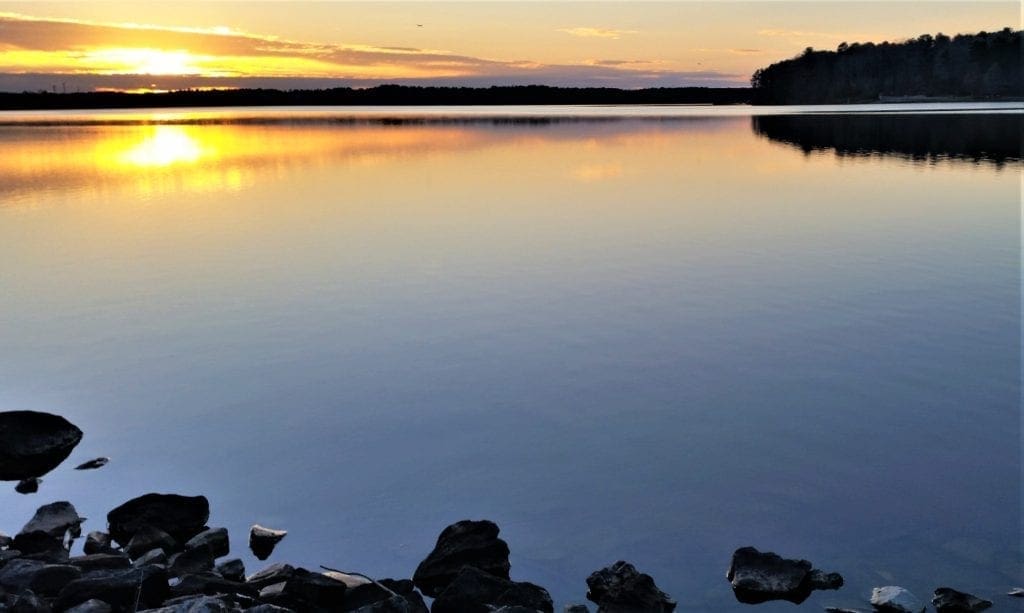
Healthy adults exposed to a tanning bed (simulating sunshine) were reported to increase serum beta-endorphin levels by 44% (citation).
Get A Better Night’s Sleep
Sleep is crucial for rest and recovery, yet many people struggle with insomnia, sleep deprivation or a poor night’s sleep on a regular basis.
Historically, humans rose and slept with the rise and fall of the sun.
Now, due in large part to the availability of electric lights, our schedules aren’t as connected to the sun’s natural rhythms.

Evidence shows that sun exposure can help to regulate our circadian rhythm, a.k.a. our sleep/wake cycle, and enhance the quality and pattern of our sleep.
This is especially true in older adults and seniors, who often have problems with sleep.
Our circadian rhythm is controlled by blue light being absorbed by photoreceptors in the eye resulting in a decrease in melatonin production (citation).
Sunlight, especially first thing in the morning, helps us produce melatonin more quickly at night – which helps us fall asleep faster.
Sun exposure triggers serotonin as well, the precursor to melatonin, which is a neurotransmitter associated with sleep, mood and anxiety.
Rickets
Rickets is a bone deformity disease you don’t hear much about any more, yet at the turn of the 19th century it was estimated that more than 90% of children living in the industrial cities throughout Europe had it (citation).

The disease causes bone pain and fractures, an oddly shaped skull, muscle cramps, and stunted growth. It can also cause teeth deformities, such as delayed tooth formation and holes in the enamel.
The disease has become rare due to improved work and living conditions that include adequate sunlight, and the practice of fortifying foods with the sunshine vitamin – Vitamin D.
It took a while for this solution to be implemented despite many scientific studies – in fact it took about 100 years – because the medical community didn’t believe that simple sun exposure could have any bearing on skeletal health.
Sunlight and Vitamin D

It’s impossible to talk about the health benefits of sunshine without mentioning Vitamin D.
Nicknamed ‘the sunshine vitamin’, Vitamin D is produced in the skin after it comes in contact with the sun.
Vitamin D behaves more like a hormone than a vitamin, and is essential to bone and dental health, calcium absorption and mineral balance, proper immune function, hormone production, cognition, and heart function.
The major source of vitamin D for most children and adults is exposure to sunlight (citation) because it’s easily available and free 🙂
Even so, nearly half of the world’s population has a Vitamin D insufficiency and about 1 billion people suffer from a Vitamin D deficiency.
The main reason for this wide-spread deficiency is that people are spending less time outside in the sun, and using more sunscreen when they do.
That said, there are a few foods that naturally contain vitamin D. They include wild caught salmon, other oily fish, cod liver oil and sun-dried mushrooms (citation).
Some countries – including the United States, Canada and Sweden – allow the fortification of milk with vitamin D.
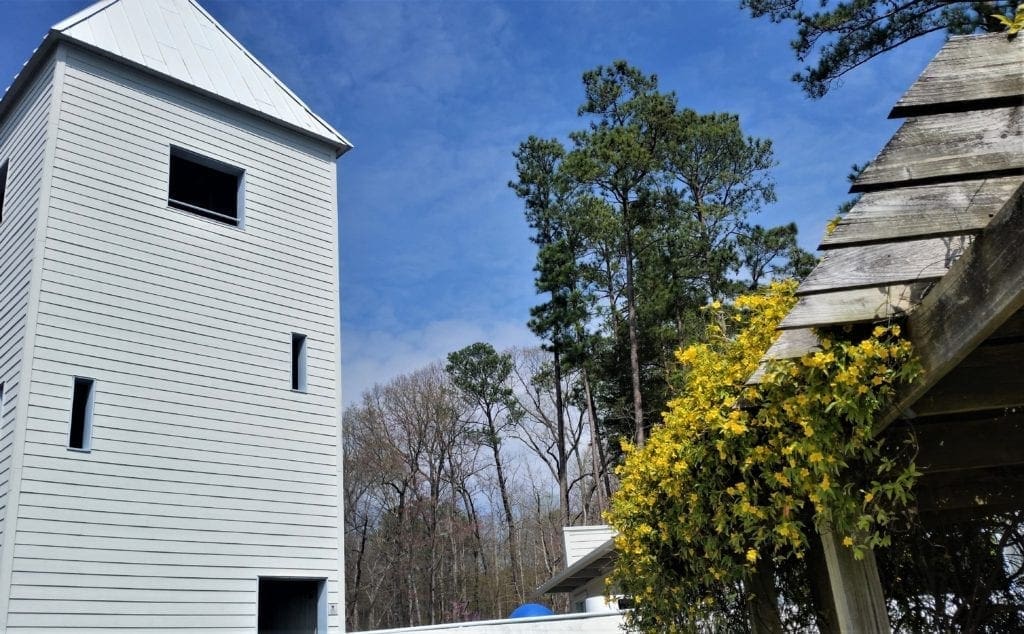
Many countries also fortify margarine with vitamin D. You can also take Vitamin D supplements in pill form.
Sunlight Energy and Your Skin
The sun produces an enormous amount of energy including cosmic, gamma rays, x-rays, UVB and UVA radiation, visible radiation and infrared radiation.
All of the high-energy radiation is reflected or absorbed by the Earth’s atmosphere and ozone layer and only radiation from 290 nm into the infrared reaches the earth surface.
Exposure to sunlight results in a variety of responses in the skin.
In the early 19th century most scientists believed that the only effect of sunlight on the skin was to generate heat, which was responsible for causing sunburn.
Today we know that the skin and body respond to various wavelengths that affect a variety of biologic processes.

These include increased production of an adrenal hormone (ACTH) and beta endorphins, vitamin D production, nitric oxide (NO) release and production, carbon monoxide (CO) production, and enhancing wound healing.
Sunlight and Skin Cancer
UVA radiation creates free radicals that can also damage the DNA in skin cells increasing the risk for malignancy (citation).
Melanoma, even though it’s the most deadly skin cancer, is often found on the least sun-exposed areas of the body.
Risk factors for melanoma not only the include number of sun burn experiences you’ve had as a child and young adult, but also genetic predisposition, red hair color, and increased numbers of moles on the body.
How Your Skin Makes Vitamin D
-
-
- During sun exposure UVB radiation absorbed in the plasma membrane of epidermal cells results in production of cis-previtamin D3 .
- This molecule processes within a few hours to vitamin D3.
- Once formed, vitamin D3 exits circulation and is transported to the liver where it is converted to 25-hydroxyvitamin D3 (citation).
- This is the major circulating form of vitamin D, which is measured by physicians, to determine a person’s vitamin D status.
-
However, this form of Vitamin D has little biological activity, so it travels to the kidneys where it is converted to its active form and moves on to the small intestine (citation).
Many other tissues and cells in the body also have the capacity to convert early forms of Vitamin D, and also have a vitamin D receptor (VDR).
These receptors work with Vitamin D to control many metabolic processes including DNA repair and antioxidant activity (citation).
Sunlight and Heart Health
Direct sun increases our production of nitric oxide, a vasodilator that widens the blood vessels and helps lower blood pressure and cholesterol.
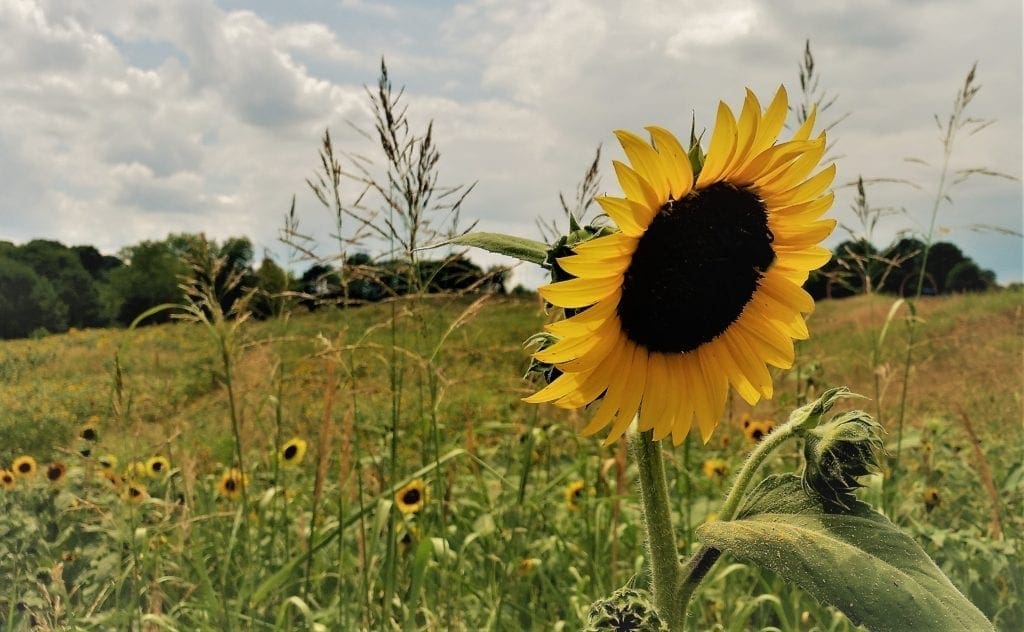
Sunlight can also reduce additional risk factors for cardiovascular disease such as obesity, Type 2 diabetes, inflammation and metabolic syndrome.
The Season also has a dramatic influence on cardiac mortality (citation).
A contributing factor is sunlight’s trigger of Vitamin D – studies have found that people living in northern latitudes have a greater risk of hypertension, while those with cardiovascular disease are more likely to be Vitamin D deficient.
It’s also been observed that both systolic and diastolic blood pressure increases as you get further away from the equator (citation).
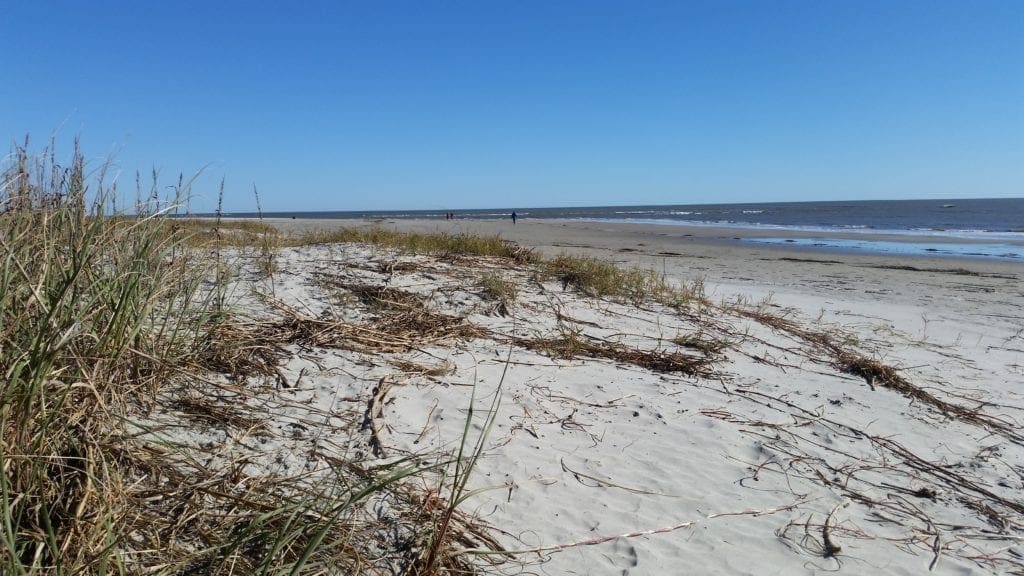
Sunlight and Infectious Diseases
Direct sunlight can help to activate the immune system and improve Vitamin D status.
Healthy adults who maintained on average a blood level of 25(OH)D of 38 ng/mL cut their risk of developing acute viral respiratory tract infections in half. (citation).
A study of school-age children in Japan who received 1200 IUs vitamin D3 daily reduced their risk of developing influenza A infection by more than 40% (citation).
What is a Virus?
A virus is a protein molecule (DNA) covered by a protective layer of lipid (fat).
Since the virus is not a living organism but a protein molecule, it is not killed, but decays on its own. The only thing that protects the virus is a thin outer layer of fat.
What Can Kill It?
-
-
- Soap or detergent is the best remedy, because the foam CUTS the FAT. By dissolving the fat layer, the protein molecule disperses and breaks down on its own.
- HEAT melts fat, so use water above 25 degrees Celsius (77 degrees F) to wash hands, clothes and everything.
- Alcohol or any mixture with alcohol over 65% DISSOLVES ANY FAT, especially the outer lipid layer of the virus.
- Any mix with 1 part bleach and 5 parts water directly dissolves the protein, breaks it down from the inside.
- Shining UV LIGHT over any object breaks down the virus protein. For example, it is perfect to use UV for disinfecting a mask for re-use.
-
Putting items out in the sun on a hot day will expose them to both heat and UV light. This is why the heat and increased sunlight of Summer is known to be the end of flu season.
How UV Light Kills Microbes
With man-made sanitizers in limited supply, many are turning to Nature’s disinfectant: ultraviolet light.
Viruses don’t reproduce on their own, but they do have genetic material, either DNA or RNA. They reproduce by attaching to cells and injecting their DNA.
UV light can scramble the DNA sequence of the virus and destroy it’s ability to replicate.
UV light wipes out viruses by destroying their ability to reproduce.
Will UV Work on COVID-19?
UV irradiation has long been used to sterilize objects and rooms, so it makes sense to wonder: Can UV light kill coronavirus?
COVID-19 is a new breed, and as such there is a dearth of studies on its resistance to UV. However, that hasn’t kept people from rolling out UV devices to thwart the virus.

Companies that produce UV devices are seeing an increase in sales, and hospitals are using UV-equipped robots to disinfect hospital rooms – even face masks are getting the UV treatment.
Since COVID-19 is a virus, UV light can theoretically destroy it as it would destroy any other virus.
Covid-19 and Vitamin D
UPDATED APRIL 2021:
At this point, scientists have had the opportunity to study COVID-19 for over a year.
They now have a better idea of why some people are more susceptible than others and what you can do (in addition to a vaccine) that might help you fight off infection.
On Dec 17, 2020, the National Institute for Health and Care Excellence (NICE), published an updated rapid review of recent studies on vitamin D and COVID-19.

Their recommendations support government advice from April, 2020 (during the first lockdown in the UK) for everyone to take vitamin D supplements to maintain bone and muscle health during the autumn and winter months.

New guidance from the UK government, released on Dec 22, 2020, allows extremely clinically vulnerable people to opt in to receive a free 4-month supply of daily vitamin D supplements—similar to an initiative launched earlier in Scotland.
Other new research suggests that hospitalized COVID-19 patients with low vitamin D levels could have a reduced mortality rate or mechanical ventilation if they receive <1000IU Vit D supplementation weekly.
Vitamin D has been shown to prevent inflammation in other respiratory diseases, and a recent study published in the Journal of Clinical Endocrinology & Metabolism also found that more than 80% of 200 COVID-19 patients in a hospital in Spain had vitamin D deficiency.
The authors of the current study said their goal was to determine whether being supplemented with vitamin D before hospital admission with COVID-19 resulted in less severe disease.
The investigative team studied 124 adult patients with low vitamin D levels that were measured up to 90 days before their admission for COVID-19.
According to the study, they found that patients who received Vit D supplements were less likely to be mechanically ventilated or to die following admission.
Specifically, 37.5% of patients died or were mechanically ventilated compared to 33.3% of those who were supplemented.
Covid-19 and Vitamin D Sources:
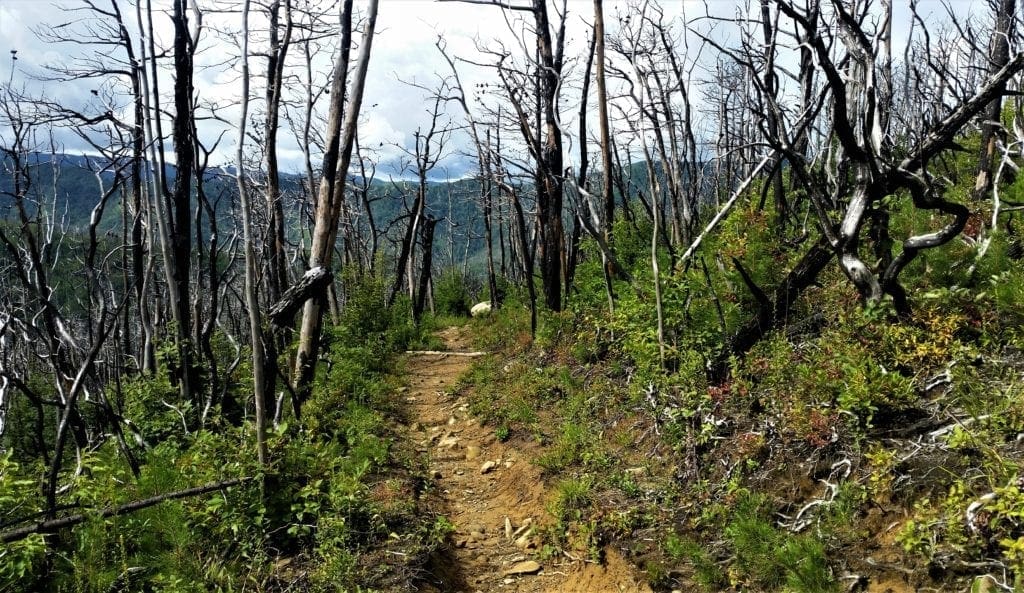
Sunlight and Influenza Infection
Putting infected patients out in the sun may help because it inactivates the influenza virus. It also kills bacteria that cause lung and other infections in hospitals.
The more confined the space, the more concentration of a virus is possible. The more open or naturally ventilated, the less.
During the First World War, military surgeons routinely used sunlight to heal infected wounds, because they knew it was a disinfectant.
What they didn’t know is that patients placed outside in the sun could synthesize vitamin D in their skin. (This wasn’t discovered until the 1920s.)
Low vitamin D levels – lack f sunshine – have been linked to respiratory infections and may increase susceptibility to influenza.
Fresh air, sunlight and improvised face masks seemed to work a century ago; and they might help us now.
Some hard-won experience from the greatest pandemic in recorded history could help us in the weeks and months ahead.

`Open-Air’ Treatment in 1918
At the time of the 1918 pandemic, the important part played by sunlight and fresh air in healing and recovery was not known.
During the great pandemic, two of the worst places to be were military barracks and troop-ships. Overcrowding and bad ventilation put soldiers and sailors at high risk of catching influenza and the other infections that often followed it.
Most of the victims of so-called `Spanish flu’ did not die from influenza: they died of pneumonia and other complications.
When the influenza pandemic reached the East coast of the United States in 1918, the city of Boston was particularly badly hit.
The State Guard set up an emergency hospital to take in the worst cases among sailors on ships in Boston harbor.

The hospital’s medical officer gave the most seriously ill sailors as much fresh air as possible by putting them in tents and put them out in the sun in good weather. (At that time, it was common practice to put sick soldiers outdoors.)
Doctors with first-hand experience of open-air therapy in Boston were convinced it was effective, and it was adopted by other hospitals, too.
According to one report, this treatment reduced deaths among hospital patients from 40% to 13%.
Fresh Air is a Disinfectant
Patients treated outdoors were less likely to be exposed to the infectious germs that are often present in conventional hospital wards.
We know this because, in the 1960s, Ministry of Defense scientists proved that fresh air is a natural disinfectant.
Something in fresh air, which they called the Open Air Factor, is far more harmful to airborne bacteria — and the influenza virus — than indoor air.
But by the time the scientists made their discoveries, antibiotic therapy had replaced open-air treatment.
Since then the germicidal effects of fresh air have not played a part in infection control, though harmful bacteria have become increasingly resistant to antibiotics.

Sunlight’s Other Benefits
There are really too many benefits, in addition to all of the benefits of sunlight we’ve already discussed above, to talk about in this post.
But at the risk of losing your attention (if I haven’t already) here are a few more good reasons to get outdoors in the sunshine if you can.
Reduced Cancer Risk
Our main fear of sunshine stems from the potential risk of different kinds of skin cancers. However, sunburns and sun exposure are not the same thing.
It’s possible to experience the sun safely and actually reduce the risk of several different kinds of cancers.
A review of ecological studies of cancer rates in over 100 countries found that UVB exposure can decrease the risk of many kinds of cancers.
Even skin cancer (melanoma) may be ameliorated by the sun: some studies have shown that sun exposure can actually improve melanoma survival.
Researchers are continually finding evidence that links Vitamin D and cancer prevention, likely due to its important effect on the immune system.

A Happier Work Environment
Employers are always looking for ways to improve employee health and well being, and part of the answer might be sunshine!
The findings showed that direct sunlight decreased anxiety, while both direct and indirect sunlight created higher job satisfaction.
A study of office workers found that employees in workspaces with windows and daylight experienced better sleep, exercised more and reported an overall better quality of life than those who worked in windowless rooms.
You can find more tips to help you cultivate workplace health here. These tips will work even if your workplace is at home 🙂
Longer Life Expectancy
If you’ve read this article and learned about the health benefits of sunshine, you’ll have no trouble believing that spending more time in the sun may help you live longer.
Here’s the reference to validate your suspicions:
Several studies have found that higher sun exposure and Vitamin D levels reduced the risk of all-cause mortality (any cause of death) including cancer, cardiovascular disease, and other causes.
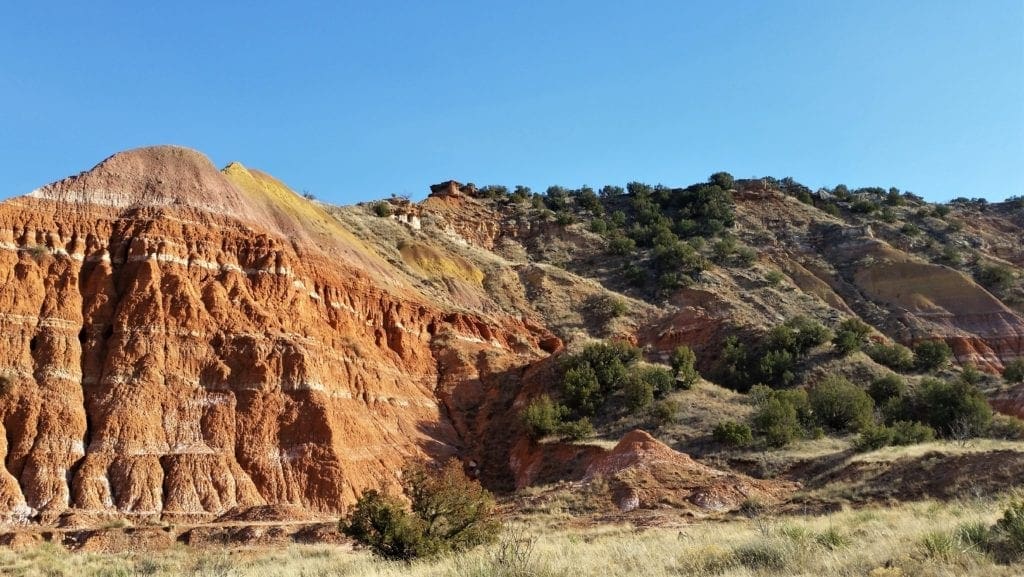
How Much Time Should I Spend In the Sun?
The optimal amount of sun exposure depends on multiple factors, including the time of year, where you live, age and race.
That said, you don’t need a lot of time to soak up enough Vitamin D. Anywhere from 5 to 10 minutes during peak times (roughly 11am-4pm) should do.
Sunscreen blocks the sun’s rays, so when you’re trying to optimize your Vitamin D levels during those 5-10 minutes, don’t wear it.
Taking a short walk or bike ride or if you’re not able to leave home, gardening or even just potting house plants outdoors for a few minutes can give you a healthy amount of sun exposure.
If you’re going to be in the sun for a long time, choose non-toxic sunscreen options and cover up as much as possible, either with clothing or shade, to protect yourself from too much sun exposure.
Let the Sun In
When new, virulent diseases emerge, such as SARS and Covid-19, the race begins to find new vaccines and treatments for those affected, and stop the spread of the disease.
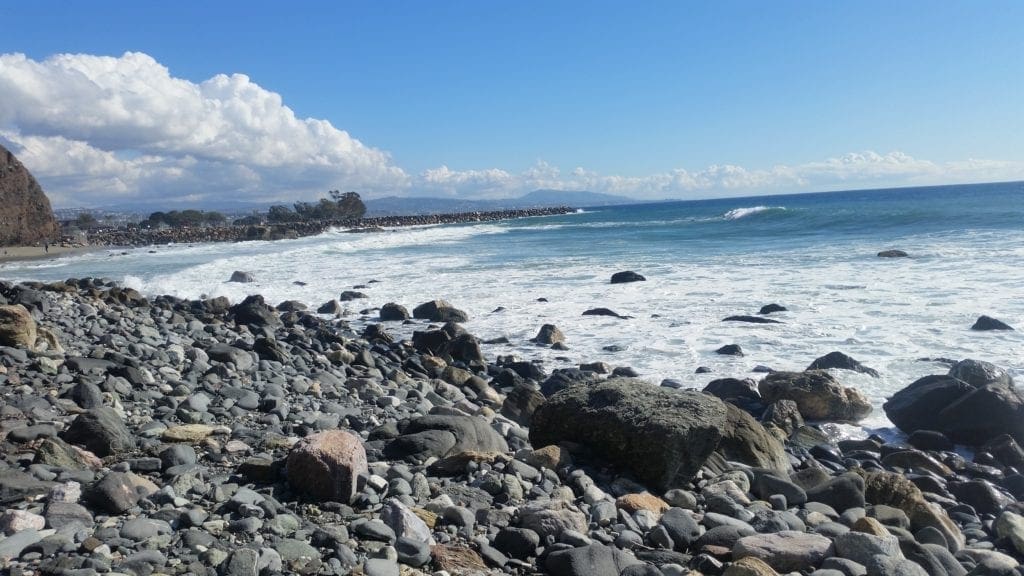
As the current crisis unfolds, governments are enforcing quarantine and isolation, and public gatherings are being discouraged.
Health officials took the same approach 100 years ago, when influenza was spreading around the world. The results were mixed.
But records from the 1918 pandemic suggest one technique for dealing with influenza — sunshine and fresh air — was effective.
This is something we can all do for ourselves, even if we are being told to stay home.

If you’re stuck inside your home, and have been restricted from taking walks or exercising outside, you can still let the sunshine and fresh air inside.
Most homes (even apartment homes ) have some sort of outdoors access.
Any patio, deck or yard – even if it’s tiny – should provide an opportunity to get some sun at some point in the day.
Take advantage of your outdoor access – even if it’s small – to sit in the sun for a few minutes each day.
Better yet (if you have room) do some yoga, jump rope, or even put your stationary bike or weight rack out there…
If you don’t have a yard or a deck and can’t get to a sun lamp or tanning bed, you can simply open your windows and stick your face and arms outside for some home heliotherapy. 🙂
Be aware that you can’t get Vitamin D through glass, you have to get sunlight directly on your skin to reap the benefits.
Instead of fearing fresh air and sunshine, let’s appreciate its incredible health benefits and enjoy it wisely.
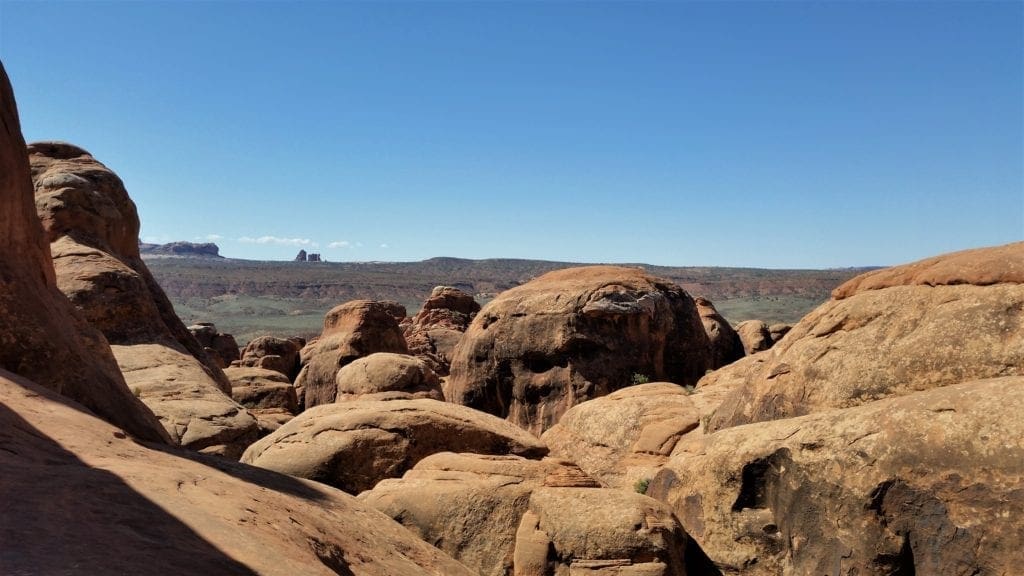
I hope you enjoyed this post, and that it inspires you to get outdoors – or open your windows – and enjoy the sunshine!
If you have any questions or comments, drop me a note and I’ll get back to you as quickly as I can.
If you’re interested in reading more about health-related topics, take a look at my Fitness & Wellness page.
For future planning, you can read about adventure trips on my Adventures for You page. For more posts about local trails, State Parks and National Parks, go to the Hiking Destinations page.
Thanks for stopping by – see you next time! LJ
To Get New Idratherwalk Posts
sent directly to your inbox (how convenient!) Click this Button
If you enjoyed this post, please share it:
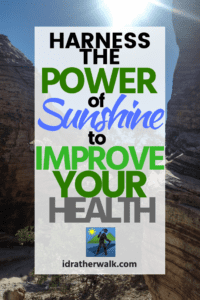
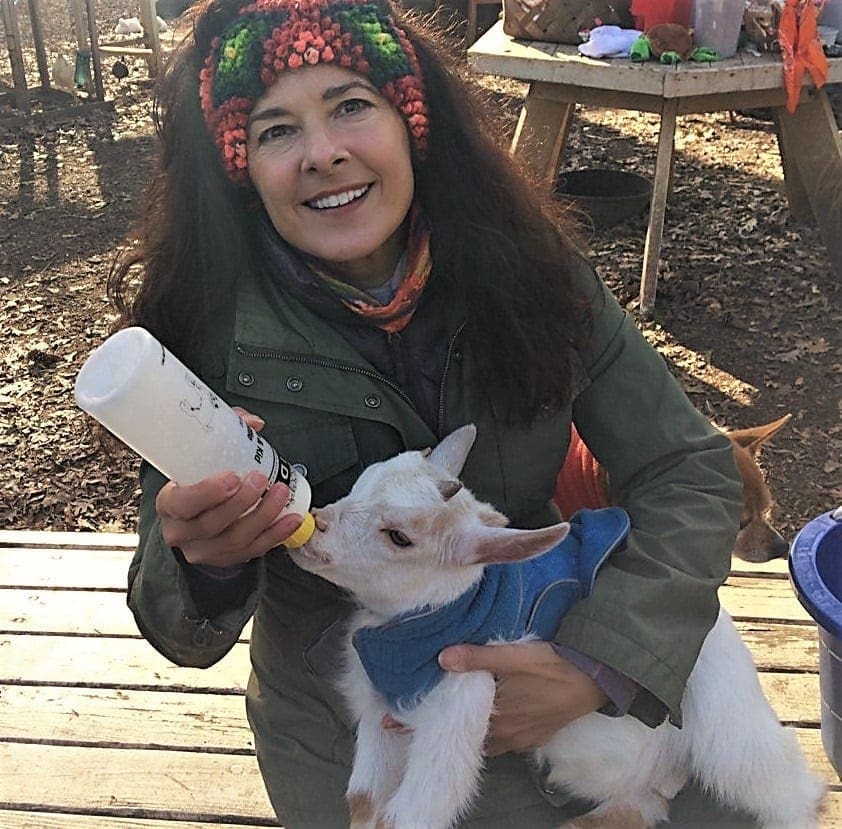
LJ has spent much of her free time as a single Mom – and now as an empty-nester – hiking in the US and around the world. She shares lessons learned from adventures both local and in exotic locations, and tips on how to be active with asthma, plus travel, gear, and hike planning advice for parents hiking with kids and beginners of all ages. Read more on the About page.

